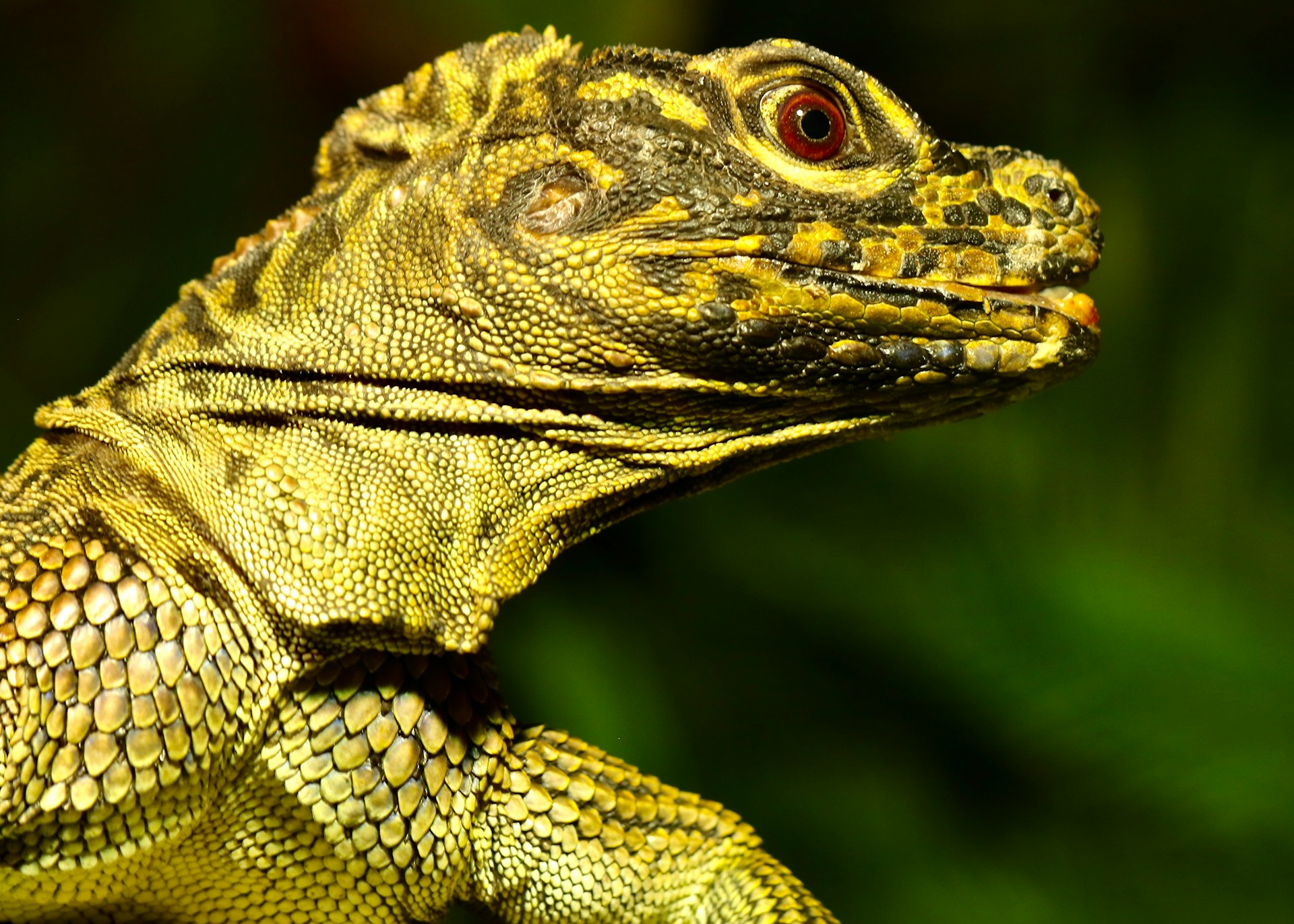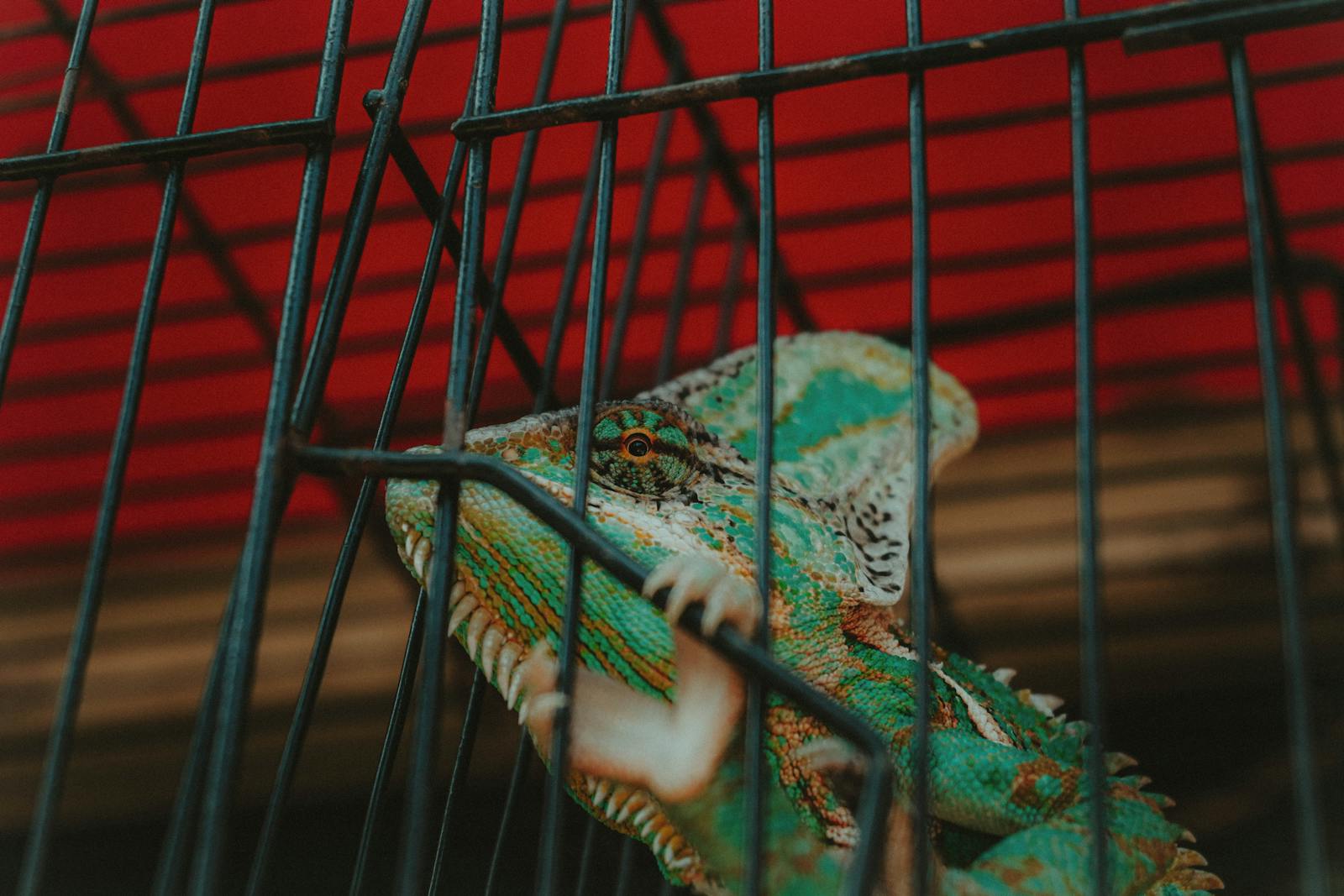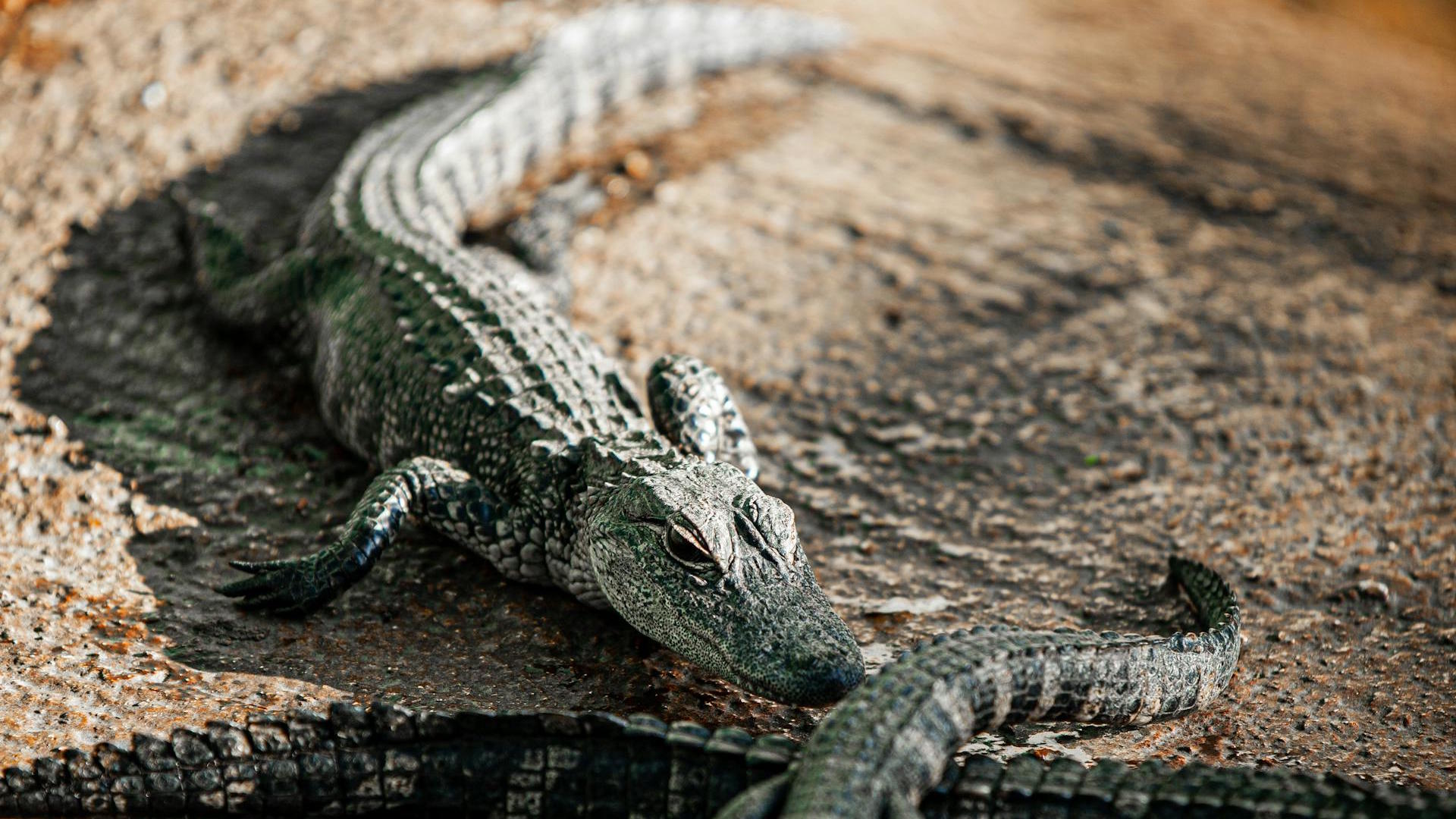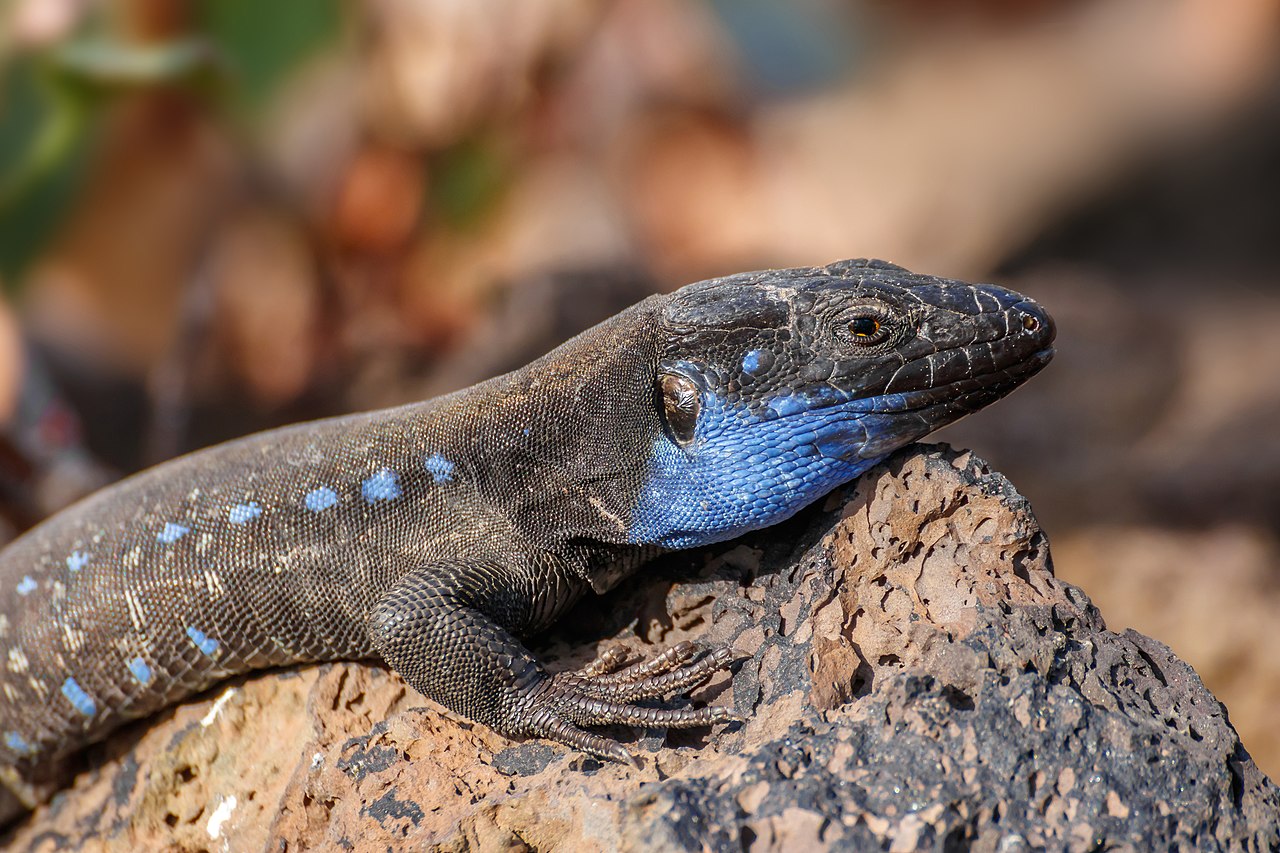The shadowy world of illegal reptile trafficking represents one of wildlife conservation’s most pressing challenges. From endangered pythons smuggled in suitcases to rare tortoises hidden in cargo shipments, the international trade in illegally harvested reptiles continues to threaten biodiversity worldwide. With an estimated value exceeding $10 billion annually, this illicit industry drives species toward extinction while funding criminal networks.
However, governments around the world are fighting back with increasingly sophisticated methods and collaborative approaches. This article explores the innovative tactics, legislative frameworks, and international partnerships being deployed to combat reptile poaching and protect vulnerable species for future generations.
The Scale of the Reptile Trafficking Crisis
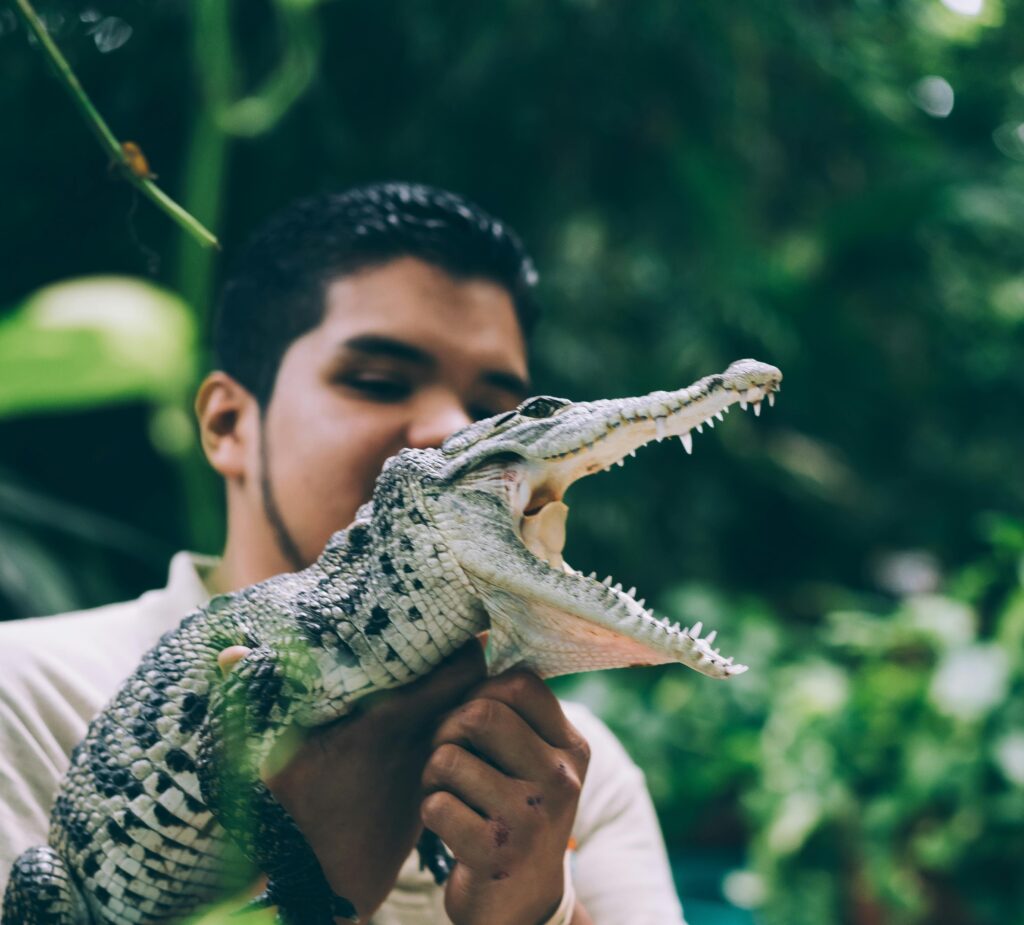
The illegal reptile trade represents a conservation emergency of staggering proportions, with approximately 20% of the world’s reptile species now threatened with extinction due in part to poaching. According to the Wildlife Trade Monitoring Network TRAFFIC, more than 350,000 live reptiles are seized in illegal trade operations annually, representing just a fraction of the total underground market. Species like the ploughshare tortoise of Madagascar have been pushed to the brink, with fewer than 100 remaining in the wild due primarily to collection for the exotic pet trade.
The financial incentives driving this trade are enormous—a single Galapagos tortoise can fetch upwards of $30,000 on black markets, while rare color morphs of ball pythons can command prices exceeding $50,000, creating powerful economic motivations for poaching networks to continue their operations despite increasing enforcement efforts.
Understanding the Demand: What Drives Reptile Poaching
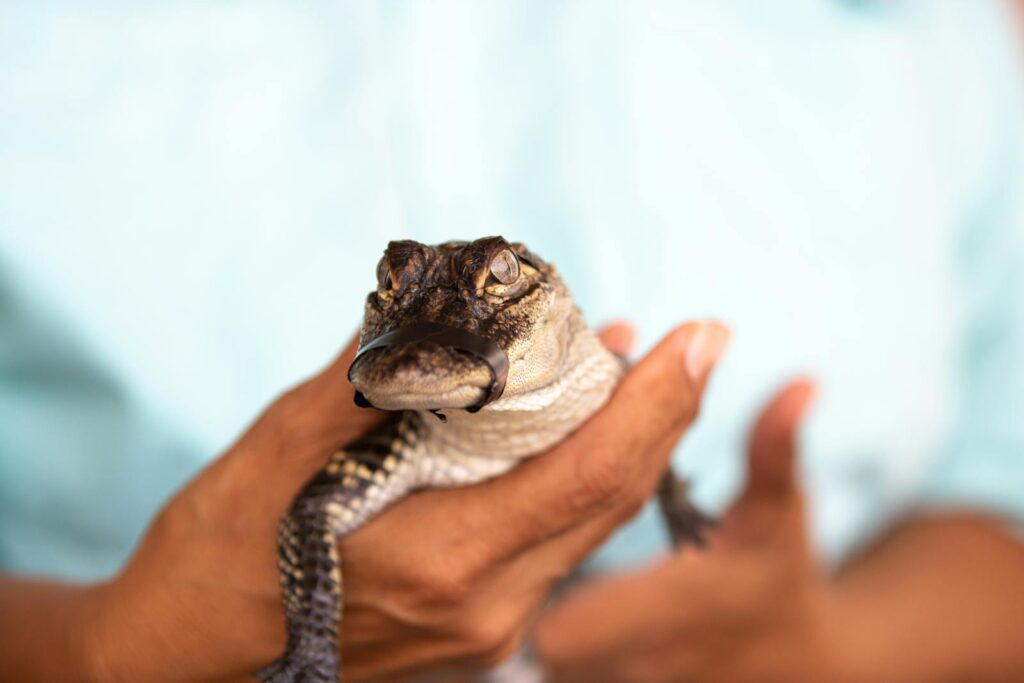
The illegal reptile trade is fueled by multiple demand streams, each requiring targeted intervention strategies to address effectively. The exotic pet market represents the largest driver, with collectors seeking rare, colorful, or unusual species as status symbols or for breeding operations—particularly in Europe, North America, and increasingly throughout Asia.
Traditional medicine markets, especially in China and Southeast Asia, create demand for specific reptile parts, including snake skins, turtle shells, and tokay gecko bodies, which are incorrectly believed to treat various ailments from cancer to HIV.
The luxury goods industry perpetuates demand for reptile leather from crocodilians, large snakes, and monitor lizards, with high-end fashion houses creating consistent pressure on wild populations despite sustainable farming alternatives. Food markets, particularly in Southeast Asia, drive the collection of turtles and larger lizards, with an estimated 10 million turtles harvested annually from Asian countries alone to satisfy culinary demand.
Legislative Frameworks: Strengthening Laws Against Wildlife Trafficking
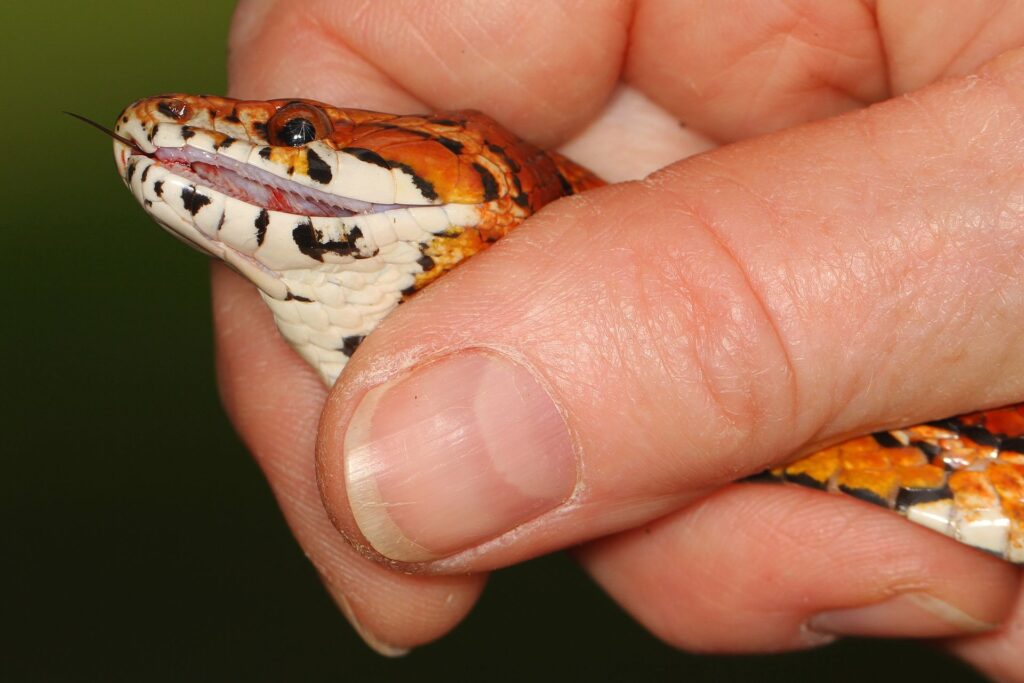
Governments are increasingly developing robust legal frameworks specifically targeting reptile trafficking as distinct from general wildlife crime. The United States’ Lacey Act amendments of 2008 significantly expanded federal authority to prosecute wildlife traffickers, making it a felony to import, export, transport, sell, or purchase protected reptiles in violation of any law, with penalties including up to five years imprisonment and $250,000 in fines.
The European Union Wildlife Trade Regulations implemented stricter measures than CITES (Convention on International Trade in Endangered Species) requirements, completely prohibiting commercial activities involving critically endangered reptile species and requiring extensive documentation for others through a sophisticated permit system. Australia’s Environment Protection and Biodiversity Conservation Act imposes some of the world’s strictest penalties for reptile smuggling, with maximum sentences of 10 years imprisonment and fines exceeding $210,000 AUD for individuals, reflecting the country’s commitment to protecting its unique reptile fauna.
Many Southeast Asian nations have updated their wildlife protection laws specifically to address the reptile trade crisis, with Thailand’s Wild Animal Reservation and Protection Act now imposing penalties of up to four years imprisonment for trafficking native reptile species.
International Cooperation: CITES and Beyond
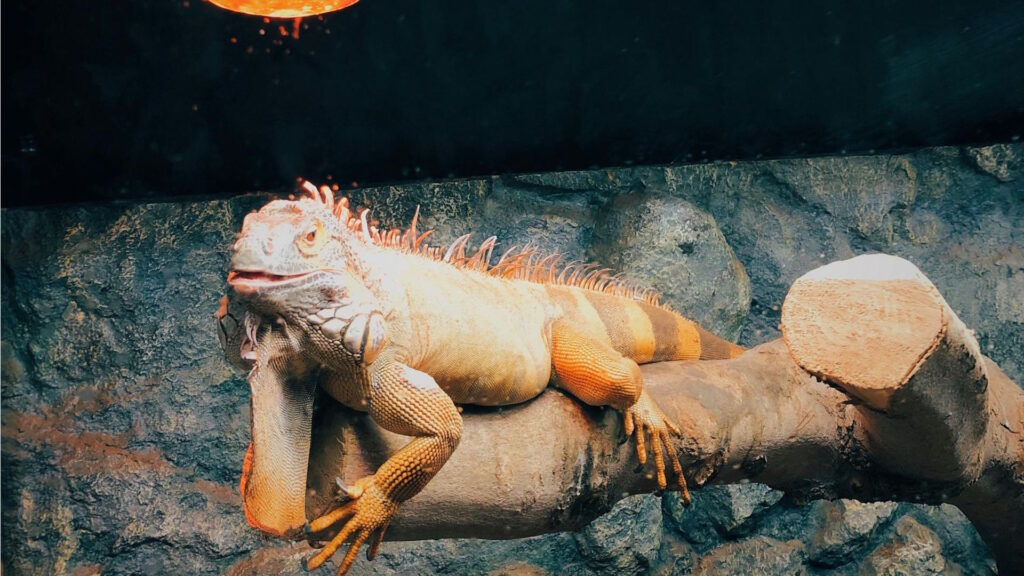
International cooperation has become the cornerstone of effective anti-poaching efforts, with formalized agreements creating frameworks for coordinated enforcement actions. The Convention on International Trade in Endangered Species (CITES) remains the primary multilateral treaty governing reptile trade, with 183 signatory nations agreeing to regulate or prohibit commercial trade in over 8,000 species, including over 165 reptile species listed in Appendix I (highest protection) and more than 1,700 in Appendix II.
The International Consortium on Combating Wildlife Crime (ICCWC), a collaboration between CITES, INTERPOL, the World Customs Organization, the UN Office on Drugs and Crime, and the World Bank, provides technical assistance and funding to countries combating reptile trafficking through specialized training and equipment deployment. Regional enforcement networks like the ASEAN Wildlife Enforcement Network (ASEAN-WEN) coordinate cross-border operations specifically targeting reptile smuggling hotspots in Southeast Asia, resulting in the disruption of major trafficking networks operating between Indonesia, Malaysia, and Thailand.
The innovative Wildlife Justice Commission conducts intelligence-led investigations into reptile trafficking syndicates, collecting evidence to support prosecutions while facilitating information sharing between countries that might otherwise lack diplomatic channels for wildlife enforcement coordination.
DNA Barcoding and Forensic Technologies
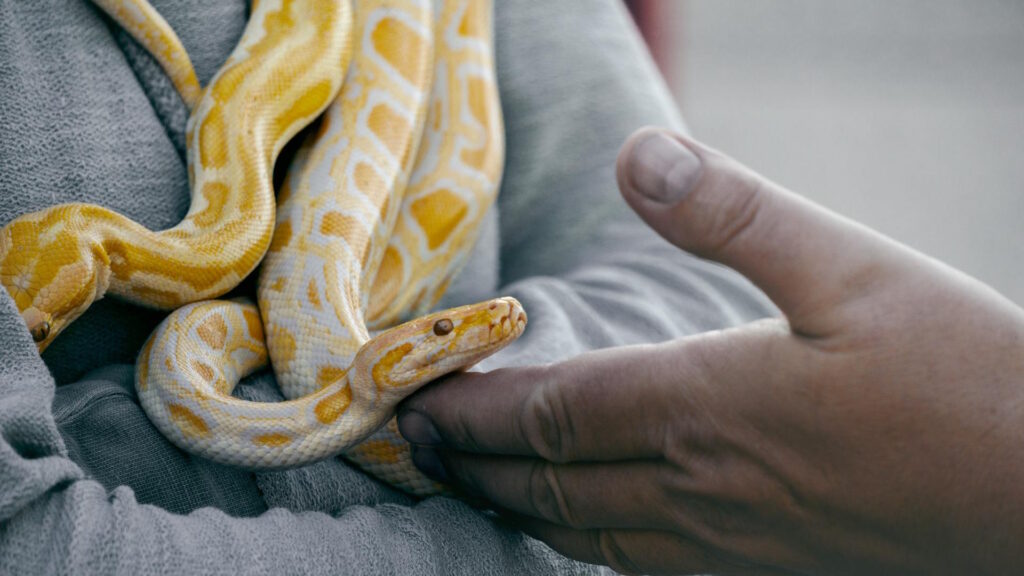
Cutting-edge forensic technologies have revolutionized governments’ abilities to identify illegally trafficked reptiles and build prosecutable cases against smugglers. DNA barcoding, which identifies species through analysis of standardized genetic markers, allows authorities to precisely identify reptiles even when they’ve been processed into products, with the University of Hong Kong’s barcode database now containing reference sequences for over 2,000 reptile species commonly found in trade.
Portable DNA sequencers like the MinION device enable customs officials to conduct on-site genetic analysis of suspicious reptile shipments without requiring laboratory facilities, providing results in under an hour that can confirm protected status.
Stable isotope analysis examines chemical signatures in reptile tissues to determine geographic origin, helping authorities distinguish wild-caught from captive-bred specimens—a critical distinction as smugglers frequently misrepresent poached animals as legally bred. Microspectroscopy techniques can now authenticate reptile leather products at borders by analyzing scale patterns and cellular structures, enabling officials to identify items made from protected species even when they’ve been processed into finished products like handbags or watch straps.
Technological Solutions: Surveillance and Monitoring

Advancements in surveillance technologies are providing governments with unprecedented capabilities to monitor vulnerable reptile populations and detect poaching activities in remote habitats. Acoustic monitoring systems deployed in key reptile habitats can detect sounds associated with poaching activities, such as vehicles, human voices, or equipment noise, with machine learning algorithms filtering out natural sounds to alert rangers of potential intrusions in protected areas.
Thermal imaging drones conduct nighttime surveillance when most reptile poaching occurs, with programs in Thailand successfully reducing poaching of king cobras by more than 60% in monitored areas through the ability to detect human heat signatures in dense forest canopies.
Environmental DNA (eDNA) sampling allows authorities to confirm the presence of rare reptile species in specific locations by analyzing genetic material shed into water or soil, helping target protection efforts while keeping precise locations confidential to prevent tipping off poachers. Satellite monitoring programs like Global Forest Watch provide real-time alerts of deforestation or new access roads in protected reptile habitats, enabling authorities to intercept poaching operations before they can target vulnerable populations.
Advanced Border Control and Detection Methods
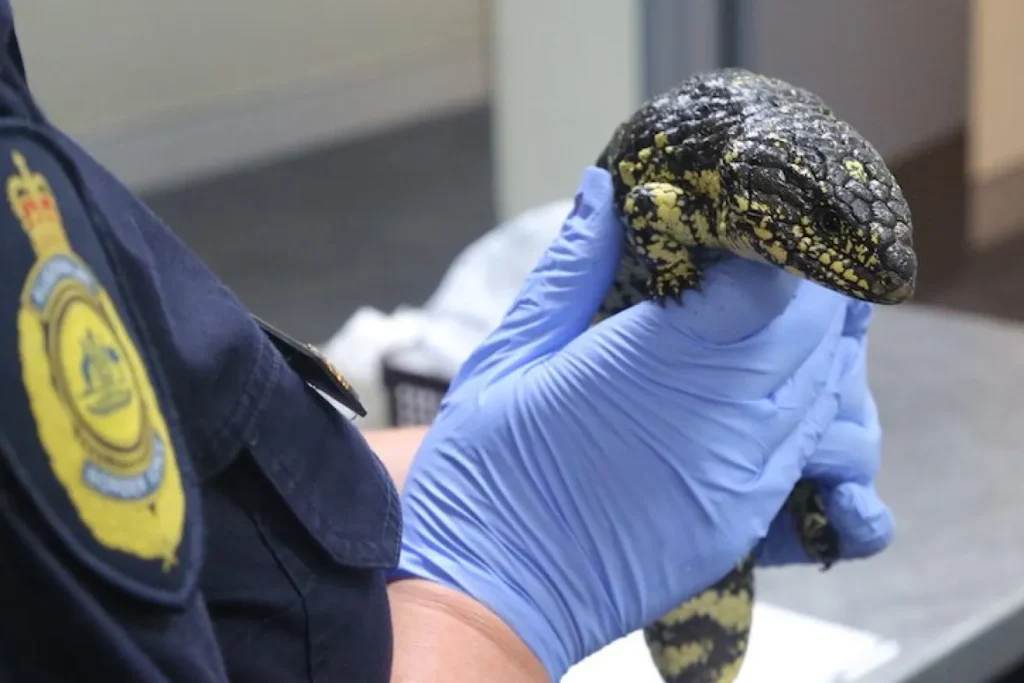
Border control represents a critical checkpoint in disrupting reptile trafficking networks, with governments implementing increasingly sophisticated detection methodologies. Advanced X-ray technologies and CT scanning systems capable of detecting live reptiles concealed in luggage or cargo have been deployed at major transit hubs, with Australia’s Department of Agriculture implementing 3D baggage scanning systems that can distinguish organic material characteristic of hidden animals.
Trained wildlife detection dogs specifically imprinted on the scents of commonly trafficked reptile species have proven remarkably effective, with the U.S. Fish and Wildlife Service’s detector dog program achieving a 90% success rate in identifying hidden reptile shipments during controlled tests at ports of entry. AI-powered facial recognition technology adapted for reptiles can identify individual specimens of certain species through scale patterns and head markings, helping authorities verify whether reptiles in transit match documentation or represent protected individuals known to have been poached from monitored populations.
Specialized training programs for customs officials now include herpetological identification courses, with over 5,000 border agents worldwide receiving specialized reptile identification training through World Customs Organization initiatives since 2018.
Financial Investigations and Following the Money
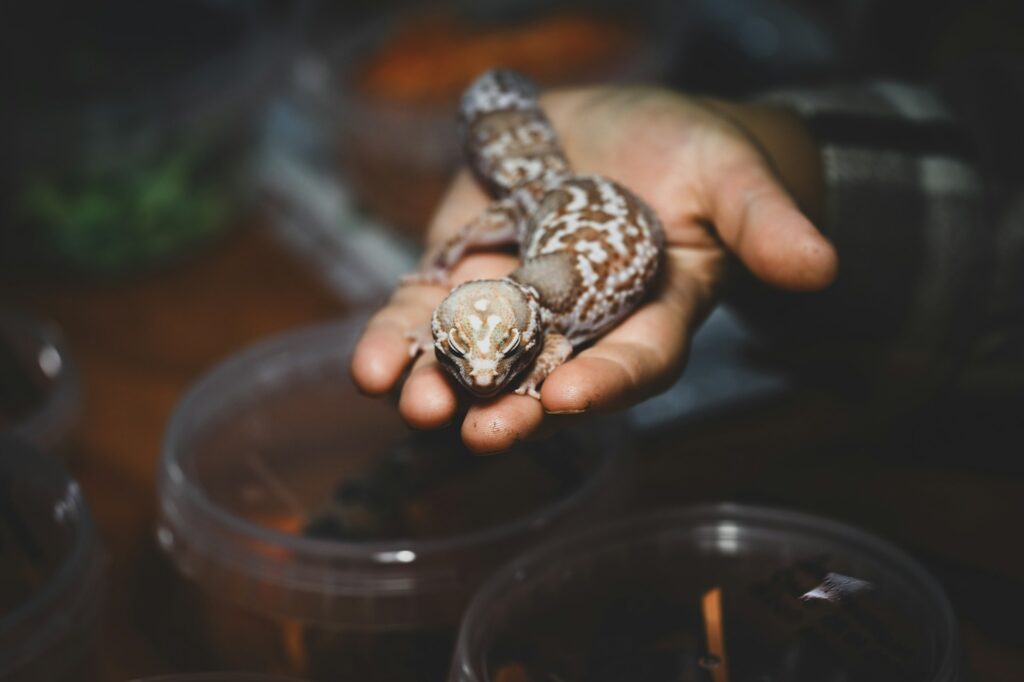
Governments are increasingly treating reptile trafficking as a financial crime, deploying sophisticated tools to trace and seize proceeds while targeting the economic infrastructure of smuggling networks. Anti-money laundering frameworks have been expanded to specifically include wildlife crime, with financial intelligence units in countries including the United States, United Kingdom, and South Africa now flagging suspicious transactions potentially linked to reptile trafficking for further investigation.
Asset forfeiture laws are being applied more aggressively in reptile trafficking cases, with Australia’s Proceeds of Crime Act allowing authorities to seize not just the illegal wildlife but all assets connected to smuggling operations, including vehicles, properties, and business interests used to facilitate trafficking. Bank secrecy laws have been modified in several jurisdictions to allow greater information sharing when wildlife trafficking is suspected, with the Financial Action Task Force (FATF) issuing guidance to financial institutions on identifying transactions characteristic of reptile smuggling operations.
Tax evasion investigations frequently accompany wildlife trafficking cases, with the United States Internal Revenue Service playing a key role in building cases against reptile smugglers who fail to report income from illegal wildlife sales, resulting in additional charges and penalties against trafficking networks.
Community-Based Conservation and Economic Alternatives
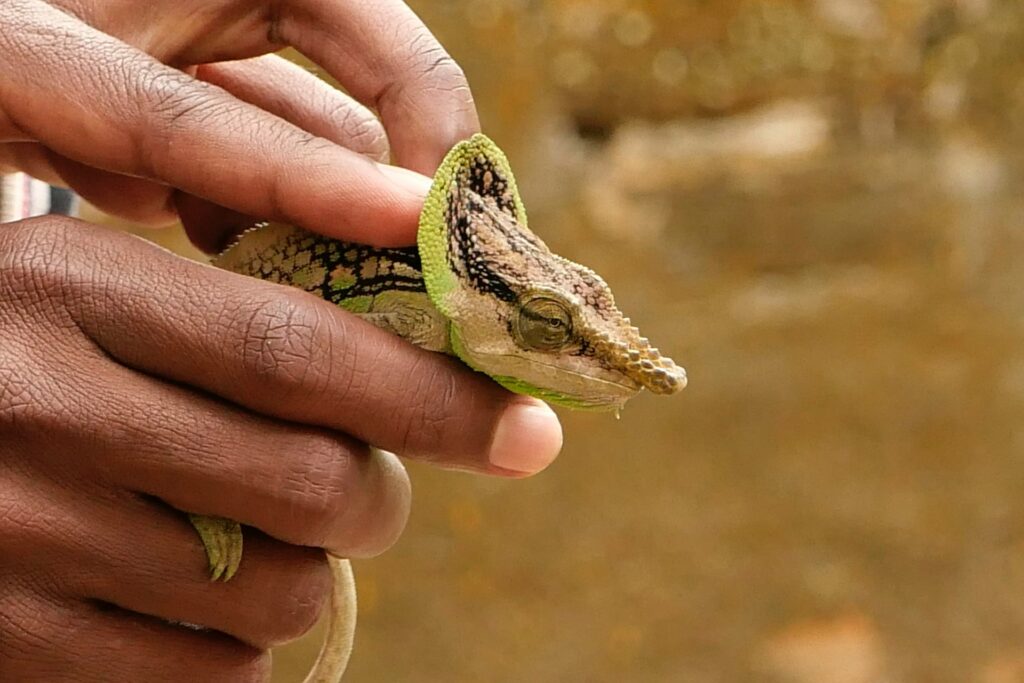
Forward-thinking government programs recognize that sustainable solutions to reptile poaching must address underlying economic motivations by developing alternative livelihoods for communities living near vulnerable reptile populations. Indonesia’s pioneering Komodo Dragon conservation program employs former poachers as park rangers and eco-tourism guides, providing stable income while leveraging their intimate knowledge of local reptile habitats to protect the very species they once hunted.
The Madagascar Fauna and Flora Group’s community-based tortoise protection initiative offers microloans and agricultural support to villages surrounding critical ploughshare tortoise habitat, reducing poaching incidents by 65% while improving local food security and economic stability. In Costa Rica, the government sponsors sustainable green iguana farming cooperatives that provide legal alternatives to wild collection, with registered breeding facilities now supplying both export markets and local consumption while creating rural employment opportunities.
India’s gharial conservation program along the Chambal River compensates fishing communities for reducing activities in critical habitat areas while training local residents to monitor nesting sites, effectively transforming potential poachers into paid conservationists through government subsidies and tourism revenue sharing agreements.
Undercover Operations and Specialized Enforcement Units
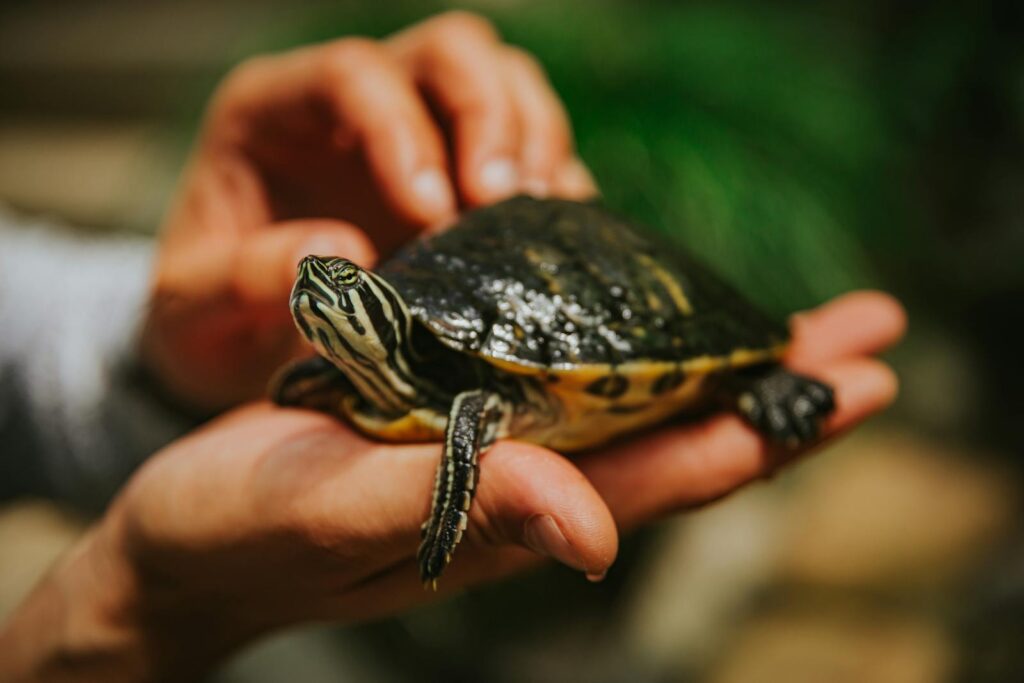
Specialized wildlife crime units employing sophisticated undercover techniques have become powerful tools in governments’ anti-trafficking arsenals. Thailand’s Wild Hawk Unit represents one of Asia’s most effective specialized reptile trafficking task forces, with plainclothes officers infiltrating smuggling networks through long-term undercover operations, resulting in the disruption of major trafficking routes for endangered tortoises between Madagascar and Southeast Asian markets.
The United States Fish and Wildlife Service’s Operation Crash, a multi-year undercover investigation into rhino horn and reptile trafficking, resulted in 30 convictions of major wildlife traffickers who smuggled both mammal and reptile parts through connected criminal networks, highlighting the importance of specialized enforcement units that understand the interconnected nature of wildlife crime.
South Africa’s National Wildlife Crime Reaction Unit conducts covert operations targeting reptile trafficking syndicates, using digital forensic techniques to monitor online marketplaces where rare South African tortoises and snakes are advertised to international buyers.
Australian authorities pioneered the use of artificial social media profiles and false personas in Operation Blizzard, a global reptile trafficking investigation that intercepted over 4,500 animals and identified previously unknown smuggling methods for Australian reptile species heading to European and Asian markets.
Public Awareness and Demand Reduction Campaigns
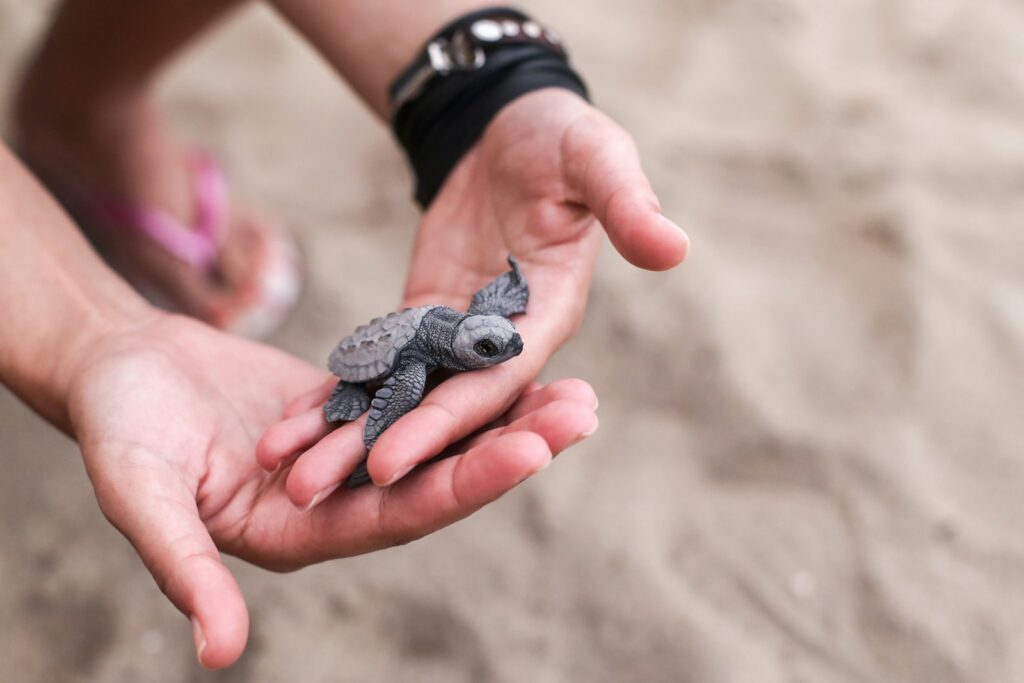
Governments increasingly recognize that enforcement alone cannot solve the reptile trafficking crisis without parallel efforts to reduce consumer demand through education and awareness initiatives. Vietnam’s national campaign “Reptiles Are Not Medicines” has significantly reduced demand for tokay geckos and other species used in traditional remedies by partnering with medical authorities to dispel myths about their curative properties, with surveys showing a 45% decrease in consumption among targeted demographics.
The European Union’s “Think Before You Buy” campaign specifically targets potential exotic pet owners with information about the ecological impact of the reptile trade, legal responsibilities of ownership, and how to identify legally sourced animals, distributing materials at pet exhibitions and through veterinary offices across member states.
Thailand’s innovative school curriculum program incorporates reptile conservation into standard education, reaching over 500,000 students annually with age-appropriate messages about protecting native species, complemented by field trips to reptile conservation centers where students can develop appreciation for species commonly targeted by traffickers.
Singapore’s award-winning public transport advertising campaign “Their Skin Belongs on Them, Not You” specifically targets fashion consumers with graphic imagery connecting luxury reptile leather products to the brutal harvesting methods used to obtain them, successfully shifting consumer preferences as measured by follow-up market research.
Prosecution Challenges and Legal Precedents
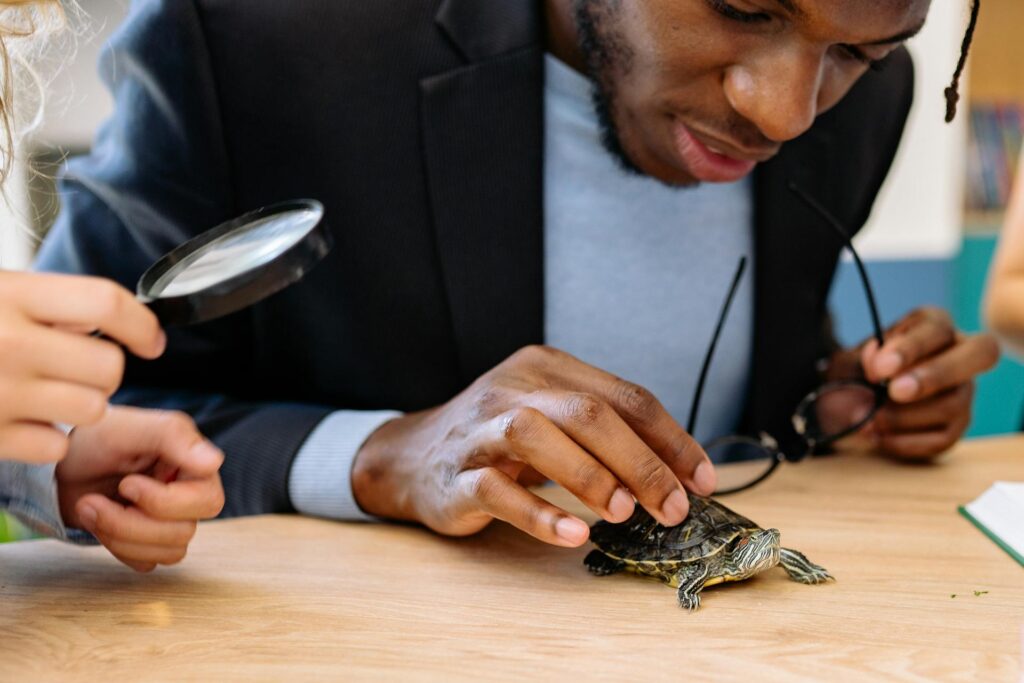
Despite strengthened laws, successful prosecution of reptile trafficking cases presents unique challenges that governments continue to address through specialized training and legal reforms. Prosecutors often struggle with establishing the legal origin and protected status of seized reptiles, leading several countries to implement “reverse burden of proof” provisions that require defendants to demonstrate legal acquisition rather than requiring the state to prove illegal origin.
Expert witness testimony is crucial in reptile trafficking cases, but courts frequently lack judges familiar with wildlife law, prompting countries including Brazil and India to establish specialized environmental courts with judges trained specifically in conservation legislation and biology.
Sentencing inconsistencies remain problematic, with identical reptile trafficking offenses receiving dramatically different penalties depending on jurisdiction, leading some governments to implement mandatory minimum sentences and sentencing guidelines specific to wildlife crime.
The transnational nature of reptile smuggling creates jurisdictional complications, addressed partially through extradition treaties that now explicitly include wildlife crimes, such as the landmark case where the United States secured the extradition of a Japanese national for smuggling protected Galapagos iguanas, setting an important precedent for international cooperation in reptile trafficking prosecutions.
Future Directions in Combating Reptile Trafficking

As criminal networks evolve, governments are developing next-generation approaches to stay ahead of trafficking innovations in the reptile trade. Blockchain technology is being piloted to create tamper-proof supply chain verification for legally bred reptiles, with Australia developing a system that tracks captive-bred specimens from hatching through sale using distributed ledger technology that prevents documentation forgery.
Artificial intelligence applications show tremendous promise, with machine learning algorithms now scanning social media and online marketplaces to detect coded language and images associated with illegal reptile sales, flagging potential violations for human investigation.
Comprehensive genetic databases of protected reptile populations will enable “wildlife DNA forensics,” allowing authorities to not only identify species but potentially trace individual animals to specific wild populations, definitively disproving captive breeding claims.
International conservation banking initiatives are being developed to provide sustainable funding for anti-poaching efforts, with several countries exploring wildlife conservation bonds that allow private investment in protection measures with returns based on successful conservation outcomes, potentially creating long-term financial sustainability for reptile protection programs that currently depend on fluctuating government budgets.
Conclusion
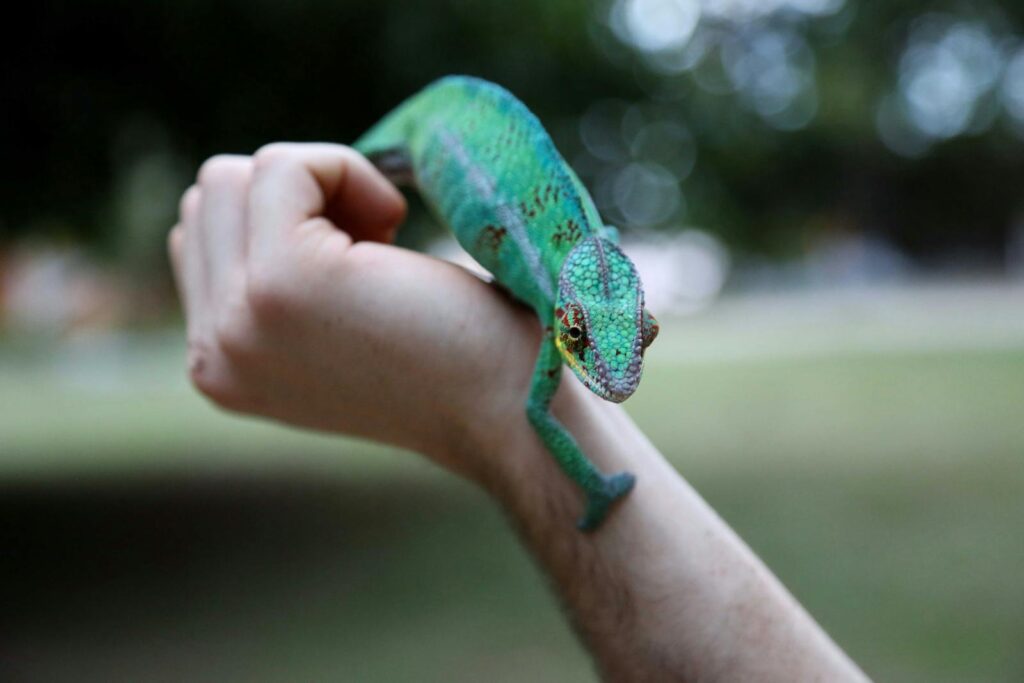
The battle against illegal reptile poaching demonstrates how modern governance can adapt to complex conservation challenges through a combination of technology, legislation, and international cooperation. While traffickers continue to develop sophisticated methods to evade detection, the multilayered approach employed by governments worldwide shows promising results in protecting vulnerable species.
The most successful programs recognize that effective reptile conservation requires addressing both supply and demand while providing economic alternatives for communities living alongside protected populations.
As DNA technologies advance, international legal frameworks strengthen, and public awareness grows, there is genuine hope that the tide is turning against the illegal reptile trade. The fight to save the world’s reptile species represents not just a law enforcement challenge but a test of our collective commitment to preserving biodiversity for future generations.

